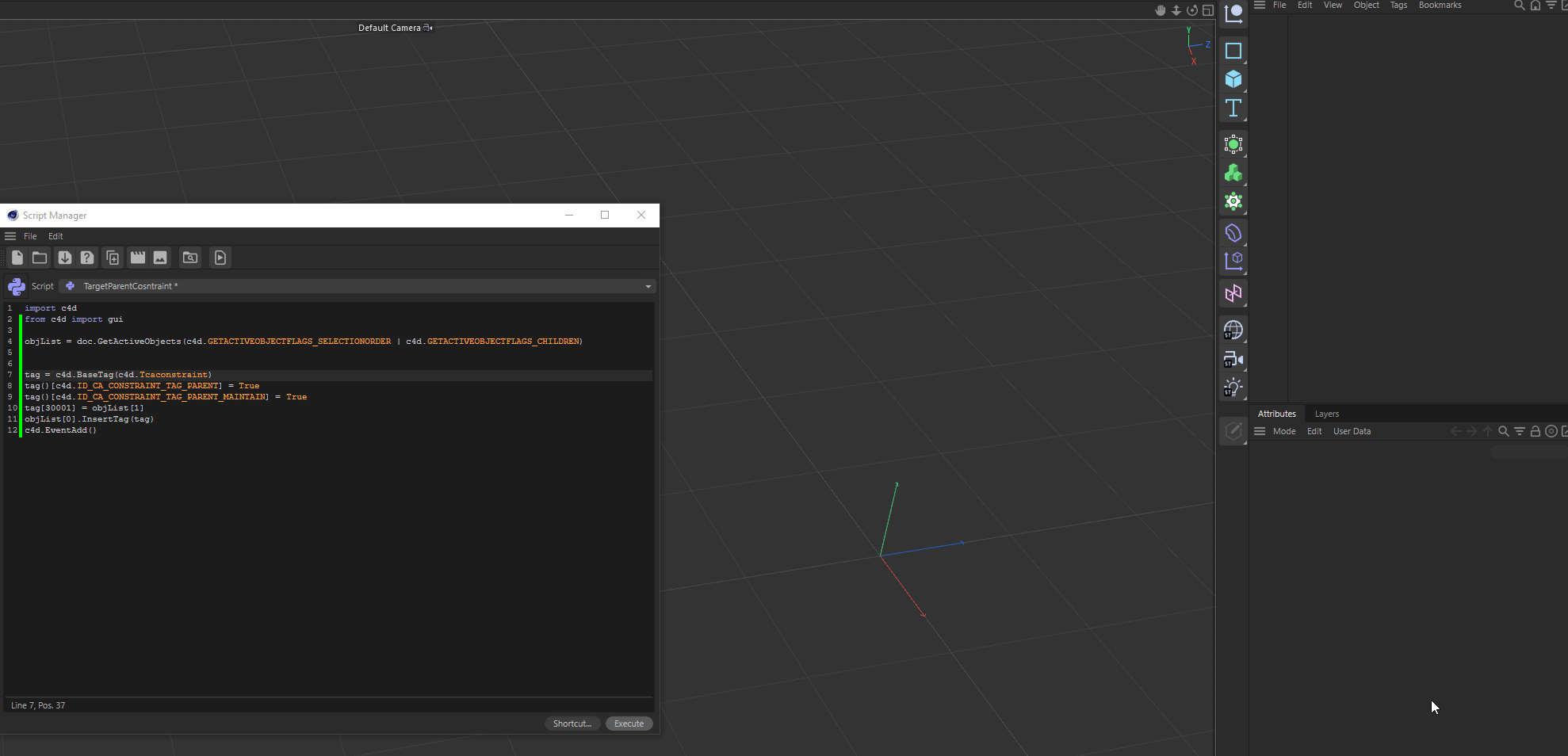@Dunhou so you "scan" an already existing material, then it generates a graph description code to recreate that already existing material ?
sounds complicated 
Ye, ferdinand is omnipotent, but your not bad yourself. Using multiple tools from you in boghma already.
Posts made by Mats
-
RE: Graph Descriptionsposted in General Talk
-
RE: Graph Descriptionsposted in General Talk
Hi @ferdinand .
It wasn't really a direct question, so to speak. More like a "Hey, anyone want to talk about graph description?"—so more of a general discussion about where and when people tend to use it. I was curious about what people have noticed it doesn't work well for, and where it excels. I didn’t want to take the focus away from the core support topics.

But I can start.
What I'm planning to use it for are daily tasks like converting color channels (as shown in the examples), creating partial descriptions (also in the examples), inverting roughness/glossy maps, swapping opacity for a sprite node, or adding triplanar nodes to texture nodes. Tasks that you find yourself doing over and over again because of purchased models or other deliveries.
Again, this is from an artistic perspective. I know a bit about scripting—just enough to make my day easier in C4D—but I’m primarily an artist, not a coder. When I discovered graph description, I got a bit excited because I never dared venture into the node API before. However, I didn’t find many references to graph description when searching the forum, which led me to believe this might be a relatively new feature.
But a big kudos to you guys on the manual. It’s so easy to read and understand, and it feels much more focused toward artists, which is really nice.
Looking forward to the 2025.1 documentation!
-
Graph Descriptionsposted in General Talk
Hi.
Been spending the day reading about redshift materials and node graphs.
Then someone mentioned Graph Descriptions. Is that the new way to go? limitations other then what is in the docs?
https://developers.maxon.net/docs/py/2024_3_0/manuals/manual_graphdescription.htmlWould also love some more examples.
Maybe how to remove connections and nodes from existing graphs.
Add nodes between existing nodes.I ended up with multiple material connections in to the surface port of the output nodes, that i am sure is illegal

So ye, learn how to remove connection before adding new connections i guess.Would love to read more about this new way of doing it, and if other people is using this instead of the old ways.
Cheers
-
RE: Edit C4D files without loading them fullyposted in General Talk
I see.
Thank you for the reply Manuel
-
Edit C4D files without loading them fullyposted in General Talk
This one might be a bit odd to explain.
But i am wondering if one can load cinema4D files or edit them without loading them fully.Imagine a scenario, where you have 20 c4d files, they all take a long time to open. and all you want is to edit a little thing in each of the files. you know exactly what to edit, and might even have a little script for it. But it will take ages to open each file in the GUI and do it manually.
Might command line be the way for this? to bypass the loading times? And if so, do people have any examples or reference on how to use the command line in that manner?
Cheers
-
RE: C4D Parent constraint pythonposted in Cinema 4D SDK
@iplai Thank you.
That seems to work. I assume c4d is doing this under the hood when we do the parent constraint manualy.
This is probably something one need to consider regarding other constraint aswell i assume.Appreciate the comments in the solution code.
-
RE: C4D Parent constraint pythonposted in Cinema 4D SDK
@bentraje Good tip, but doesnt work sadly, still offsetting


-
C4D Parent constraint pythonposted in Cinema 4D SDK
Hi.
I am trying to make a little script that will parent constraint first selected object to second selected object (only selecting 2 objects)
The code so far is this:
import c4d from c4d import gui objList = doc.GetActiveObjects(c4d.GETACTIVEOBJECTFLAGS_SELECTIONORDER | c4d.GETACTIVEOBJECTFLAGS_CHILDREN) tag = c4d.BaseTag(c4d.Tcaconstraint) objList[0].InsertTag(tag) tag()[c4d.ID_CA_CONSTRAINT_TAG_PARENT] = True tag[30001] = objList[1] c4d.EventAdd()The issue however is a slight offsett in the position of the child object when running this script.
I tested doing it manualy - apply tag, activate parent, select object as target. When doing it manualy i get no offsett on the objects they all stay in palce as intended. BUT!
The local offsett get populated with values. While when running the script these values instead of getting applied in the Local offset of the tag, it gets populated in the freeze transform in the coordinates on the object.....So the question is, am i missing something in this script to prevent it from nuddging?
- Cinema 4D 2023
- Windows 10 64x